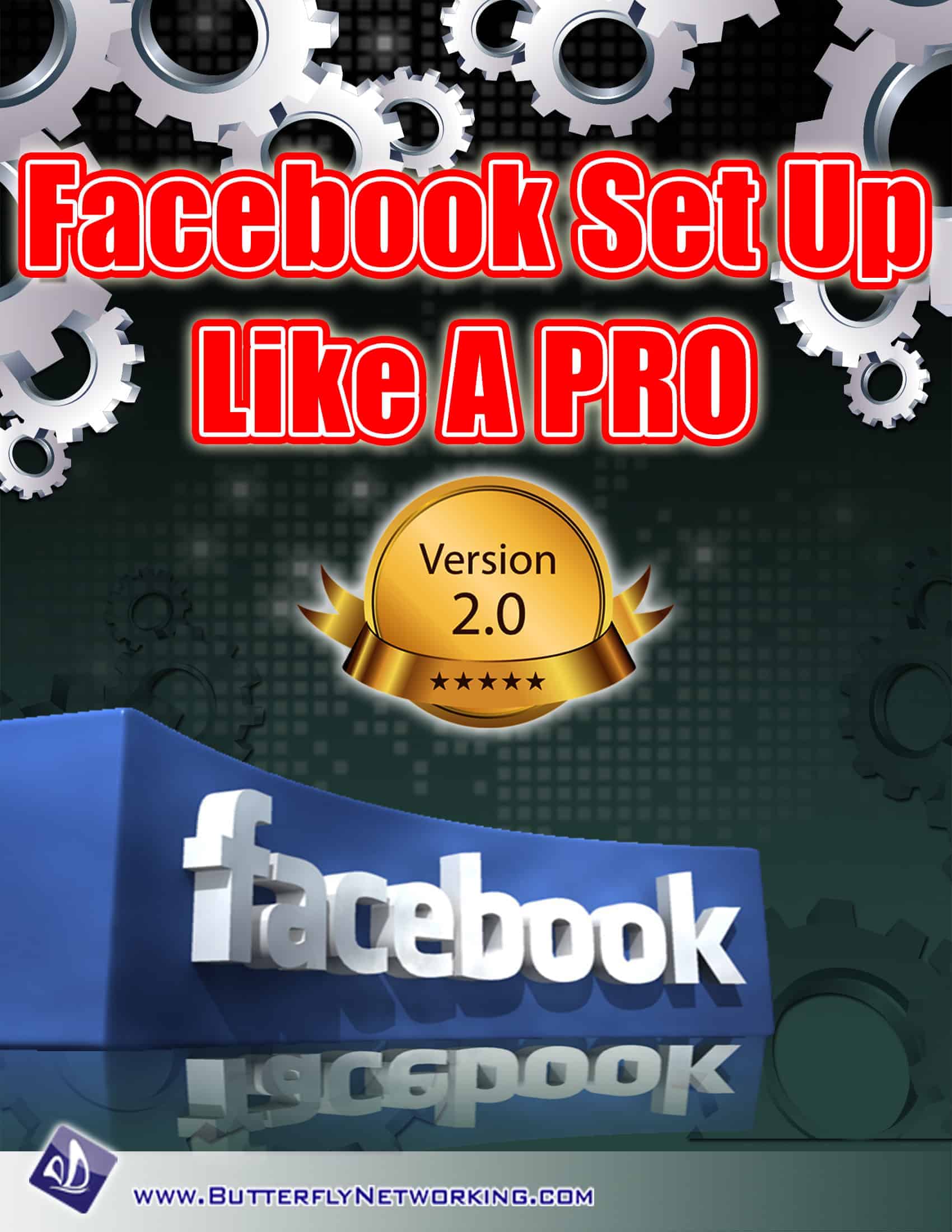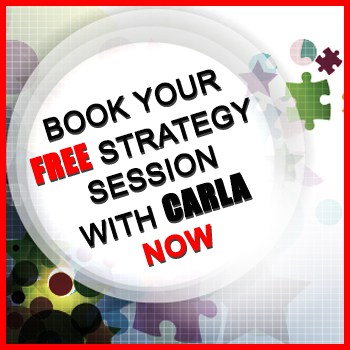How to Build a Content Optimization Process That Goes Way Beyond SEO [Video Series]
ByHow to Build a Content Optimization Process [Video Series]
 About 2,7000 years ago, people began to optimize content so it could be discovered.
About 2,7000 years ago, people began to optimize content so it could be discovered.
How? They built libraries.
Libraries gave people an organized archive they could search for answers to their questions.
About 2,300 years ago, the Great Library of Alexandria in Egypt had a famous librarian, Callimachus, one of the most renowned Greek poets and scholars.
But Callimachus’ fame didn’t come from his storytelling. No, he introduced the first topical catalog of the library’s holdings. He ostensibly built the first Google of the world.
In this month’s Marketing Makers episode, I explore the evolution of content optimization, then leap ahead to the challenges of optimizing content in 2021. Watch the full episode here, or skip ahead to the segment where I show you a content optimization model for the future that takes into account all the ways people look for information today.
A modern content optimization framework
To meet audience needs now, you have to optimize your content for search engines, social channels, vertical channels, industry channels, and even your own channels.
I developed a framework to help you think about each attribute of today’s content optimization model:
In this segment of Marketing Makers, I explain how this model helps you optimize content to be found on the dizzying array of channels where your audience looks for information.
It all starts with optimizing for humans.

ADVERTISEMENT

How to Create SEO-Friendly Content (Ultimate 2021 Checklist)
How can you craft engaging and SEO-friendly content from scratch? We have identified 12 key steps to take to optimize your copy for users and search engines. Use this guide to map out the entire process – from keyword research, to copy optimization and content audit. Download Your Free SEO Writing Checklist.
Intent
Understand what your audience is looking for when they come to your content. Strive to understand their intent even better than they do.
The goal should be to make the information that matches their intent easy to find. This is the heart of search engine optimization.
The heart of #SEO is making the information that matches their intent easy to find, says @Robert_Rose via @CMIContent. #MarketingMakersClick To Tweet
Authority
When you develop your content – no matter if you are educating, inspiring, entertaining, or simply providing directions – authority matters. Details matter. Depth matters.
Authority is not delivered in a single piece of content. It’s communicated through your library of content. These attributes include linking, attaching, and serving relevant details and more in-depth content, so your content consumer never needs to go anywhere else.
Internal context
In a word, the internal context attribute is about meaning. It might be your point of view. It might be a unique take or solution to a problem. It might be the information you choose to provide in proximity to other information.
A clear, consistent, and differentiated point of view and/or meaning in your content is what makes it stand out when people are searching for answers. How it’s displayed also communicates a context, which can deepen the engagement.
A clear, consistent, differentiated point of view or meaning can make your #content stand out when people search for answers, says @Robert_Rose via @CMIContent. #WeeklyWrapClick To Tweet
I call this the settle-the-bar-bet problem. Someone at a bar says, “What’s the answer to that question?” You answer. They search and find the answer to confirm what you provided.
Usually, the questioner simply nods, puts their phone in their pocket, and moves on.
But what if your answer sparked further interest. It intrigued them, so they read it aloud to their friend, “Did you also know that …” And maybe they even bookmark it for future reading. That’s the internal context you want to achieve.
External context
Now, tech and automation solutions enter the optimization framework to assist with conditional contexts – how content appears in mobile vs. desktop or which viewing formats will prompt pop-up screens.
You determine how first-party data such as location, buying history, content consumption, device type, etc., inform your displayed content.
Also, use this data to decide which content to put into social media, vertical sites, and other interfaces where you don’t control the display.
Use your first-party data to decide which content to put into social media, vertical sites, etc., says @Robert_Rose via @CMIContent. #WeeklyWrapClick To Tweet
Described
At this point in the framework, you create content that describes your content – to help machines categorize, measure, personalize, and activate content. This content usually falls into three categories:
- Descriptive metadata – categorical terms about the piece of content. These could be the audience persona, the buyer’s journey phase, the author, or the product category it supports.
- Administrative metadata – content management elements such as publication dates, expiration dates, rights management, legal or compliance categorization, etc.
- Structural metadata – details that help connect one content asset to others. It could be a set of data that reacts to a prompt such as “If you like this, you might like this too.”
Technical
At this last point in the framework, optimize for the search tech that gets it in front of your audiences. For example, make sure your website loads quickly and your content is optimized for mobile viewing.
Templatize blocks of content that will be reused, such as standard brand language, product descriptions, and legal footers.
Go forth like Callimachus
This optimization framework can help you organize your thoughts to always deliver the best experience to your audiences.
Start with optimizing for humans. When you understand your audience and their intent, you can optimize the content for findability. Once you create in-depth, valuable, informative, and engaging content with authority, you can bring out the best meaning in your content and drive better internal context.
With that achieved (or in progress), you can move onto the tech side of optimization with external contexts, such as mobile, search, social, etc. You can describe that content so machines can understand and do more with it and use technical solutions to present it optimally.
via How to Build a Content Optimization Process That Goes Way Beyond SEO [Video Series]












